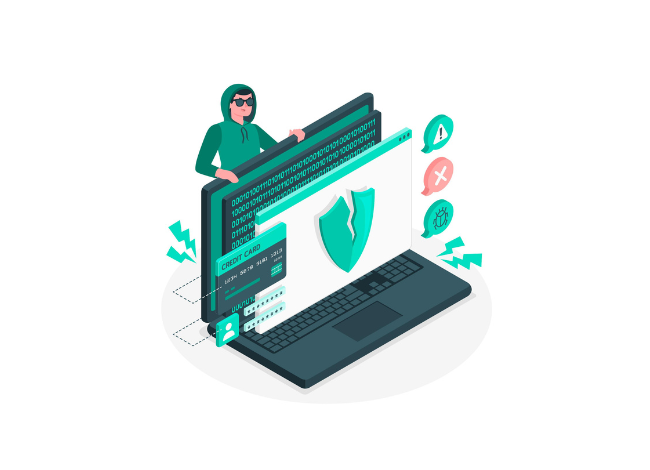What Does Code Security Mean?
Code security refers to the implementation of best practices, tools, and methodologies to safeguard software applications from vulnerabilities, unauthorized access, and malicious attacks. It involves securing both code-level security and infrastructure to prevent exploits that could compromise data integrity and system functionality.
As technology evolves, so do the threats targeting software applications. The state of code security in 2025 reflects a landscape where vulnerabilities are more sophisticated, and defense mechanisms must be stronger than ever.
Understanding what code security means and its role in protecting software applications is crucial for developers, security teams, and enterprises alike.
Secure Your Code with Bornsec’s Advanced Security Solutions. Learn More
The Current State of Code Security Vulnerabilities
The rise of AI-driven threats, open-source dependency risks, and sophisticated malware techniques have made code security vulnerabilities a growing concern in 2025. With software supply chain attacks increasing, developers must focus on secure coding practices, continuous monitoring, and two-factor authentication code verification to mitigate risks.
Key Code Security Vulnerabilities in 2025:
Supply Chain Attacks: Threat actors exploit weak links in software dependencies.
Zero-Day Exploits: Unpatched vulnerabilities targeted before vendors can issue fixes.
AI-Powered Cyber Threats: Attackers leverage AI to automate and refine attacks.
Insecure APIs: Weak API security exposes sensitive data.
Lack of Code-Level Security Measures: Insecure coding practices leading to vulnerabilities.
The Role of GitHub in the State of Code Security
GitHub continues to be a hub for open-source collaboration, but it also poses security challenges. The state of code security on GitHub in 2025 highlights the importance of securing repositories, managing dependencies, and using security tools like Snyk Code to detect vulnerabilities early.
Strengthen Your Code Security Today – Explore Bornsec’s Cutting-Edge Services. Get Started
Security Enhancements on GitHub:
Automated Security Scanning: Tools like Dependabot and Snyk Code help identify risks.
Enhanced Access Controls: Implementing two-factor authentication codes for repo access.
Security Best Practices: Encouraging developers to follow secure coding guidelines.
Best Practices for Code-Level Security
To strengthen code-level security, developers must integrate security measures throughout the software development lifecycle (SDLC). Here are some proven strategies:
Secure Coding Standards: Follow OWASP and industry best practices.
Regular Code Reviews: Conduct peer reviews to detect vulnerabilities early.
Automated Security Testing: Use tools like Snyk Code for static and dynamic testing.
Two-Factor Authentication: Implement strong authentication mechanisms.
Continuous Monitoring & Patching: Keep dependencies updated and monitor for threats.
The Future of Code Security
As we look beyond 2025, the future of code security will be shaped by AI-driven defenses, enhanced encryption mechanisms, and regulatory advancements. Companies investing in proactive security measures will be better equipped to handle emerging threats.
Conclusion
The state of code security in 2025 demands a proactive approach. By understanding what code security means, securing repositories on platforms like GitHub, and leveraging tools like Snyk Code, organizations can stay ahead of evolving threats.
Implementing code-level security measures and two-factor authentication codes is no longer optional—it’s a necessity for protecting applications in an increasingly digital world.
For more insights on Stata of Code Security, visit this comprehensive guide.




